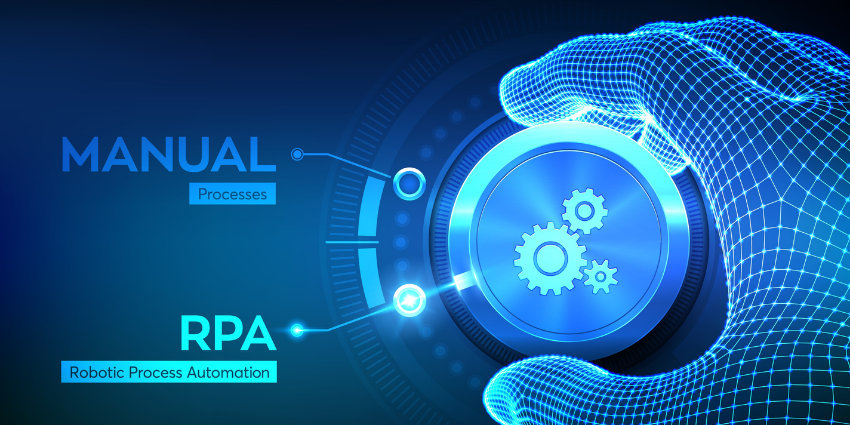Robotic process automation or RPA can dramatically reduce the efforts required for iterative, high-volume tasks.
Interestingly, RPA has been around for several years – but 69% of companies have started their RPA journey only in the last two years. Among the top five reasons for implementing RPA is to improve customer experiences (CX). 46% of companies expected major CX improvements from their RPA implementation, while 42% have achieved this goal. This is a good sign, indicating promising returns from RPA when deployed in customer experience use cases.
To understand this potential, let’s first look at what RPA means.
What is RPA and Why is it So Relevant for Customer Experience?
Robotic process automation or RPA can be defined as a technology that replaces manual tasks and decision-making with software programs called bots, which perform tasks automatically (without human intervention) based on preconfigured business rules and optionally, artificial intelligence. RPA has applications in nearly every industry and vertical, from manufacturing to banks and from HR to CX management.
RPA is particularly relevant for customer-facing operations as these tasks can be high-volume and repetitive in nature. CX management involves both variable, strategic tasks (e.g., coming up with a campaign tagline), as well as repetitive processes like sending out reminder email or data entry. RPA can eliminate the need for human intervention in processes of the latter category and free up your talent for the former.
More sophisticated RPA technologies can be used to automatically assess a given situation (e.g., understanding the context behind a call) and make a decision, like which agent should attend to the customer. It can learn from new data flowing in from market sources and generated by customers to update its business rules automatically.
RPA as a Tactical CX Enabler Can Unlock Quick Wins
Strategically, RPA is relatively easy to implement as it does not involve a process overhaul. It can overlay on top of existing process structures – simply replacing human efforts at the right touchpoints. Here are some of the ways this enables a better CX:
- Standardises CX-related tasks like data entry, call scoring, etc., to provide a consistent experience
- Reduces after-call work for CX agents so they can spend more time on each interaction
- Boost agent confidence, thanks to error-free processes, so they can serve customers better
- Automatically understands agent requirements and fetching information that assists
- Flags above and below-average performance for training, recognition, and ultimately, performance improvements
- Detecting problematic calls so that a supervisor or more experienced agent can step in, preventing customer dissatisfaction
As you can see, the role of RPA in improving CX can be categorised into three parts – standardisation (removing errors, maintaining compliance, etc.), acting on customer insights in real-time and improving the agent experience, which, in turn, positively influences CX.
Industry Example
Several providers already have an RPA for CX offering – including UiPath, which recently partnered with CX management company Sitel to optimise agent workloads. It also partnered with AWS to bring AI bots for more intelligent automations.







